Top Things to Know Before Buying Air Purifying Plants
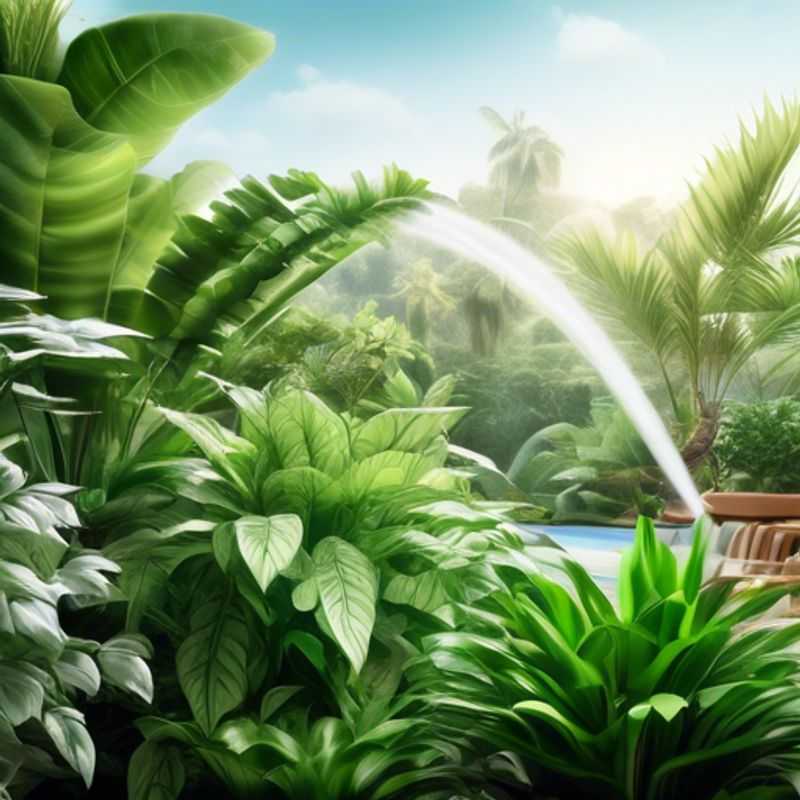
The Top Things to Know Before Buying Air Purifying Plants: A Guide for Healthy Living
Ah, the quest for clean air! It’s a topic that sparks my engineering curiosity. You see, just like a well-designed machine, our homes need a bit of

Breathe Easy: How Air Purifying Plants Can Improve Indoor Air Quality
Indoor air quality can be significantly impacted by pollutants, and certain plants, known as air-purifying plants, have the remarkable ability to remove these harmful substances from the air we breathe. These plants act as natural filters, absorbing pollutants like formaldehyde, benzene, toluene, and ammonia, which are commonly found in paints, furniture, cleaning products, and even some building materials.
The effectiveness of these plants is attributed to their unique physiological processes. They absorb pollutants through their leaves and roots, breaking them down into less harmful compounds, and some even release oxygen as a byproduct. Popular choices for air purification include Peace Lilies, Snake Plants, Spider Plants, and English Ivy.
It's important to understand that while these plants offer a natural solution, they are not a substitute for proper ventilation and other air-purifying methods. Regular maintenance, including watering and proper lighting, is crucial for optimal performance. For maximum benefit, it's recommended to have a variety of plants strategically placed throughout your home, ensuring a good balance and covering different areas.
Keep in mind that the amount of pollutants a plant can remove depends on its size, the type of pollutant, and the overall air quality of the environment. While these plants offer a natural and aesthetically pleasing way to improve indoor air quality, it's always wise to combine them with other measures, such as regular cleaning, using low-VOC products, and ensuring adequate ventilation, for a truly effective air-purifying solution.
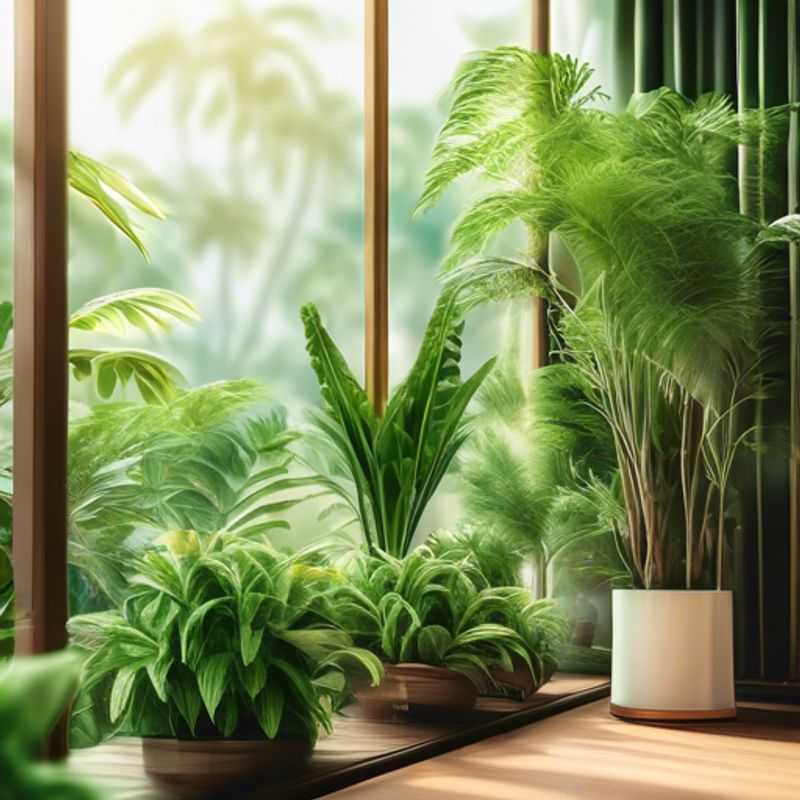
Breathe Easy: Choosing the Right Plants for Air Purification
Not all plants are created equal when it comes to air purification. Some are more effective at removing certain pollutants than others. To maximize your indoor air quality, choose plants known for their ability to remove specific pollutants. For instance, Spider plants are great at filtering formaldehyde, a common household chemical found in furniture and building materials. Snake plants, on the other hand, are excellent at removing benzene and xylene, often found in paints and varnishes. Peace lilies excel at filtering ammonia, which can be released from cleaning products and other household items.
Remember, the number of plants you need will vary depending on the size of your space. start with one plant per 100 square feet. You can also consult with a local nursery or plant expert for personalized recommendations. To ensure your plants thrive, provide them with adequate sunlight, water, and nutrients. Be mindful of the type of soil used, as some plants prefer well-drained soil while others prefer moisture-retentive soil. Regularly inspect your plants for pests and diseases, and take appropriate action if necessary.
While choosing the right plants is crucial, it's important to note that indoor plants alone cannot completely eliminate indoor air pollution. Other factors, such as proper ventilation, minimizing the use of harsh chemicals, and regularly cleaning surfaces, also play a significant role in improving indoor air quality.
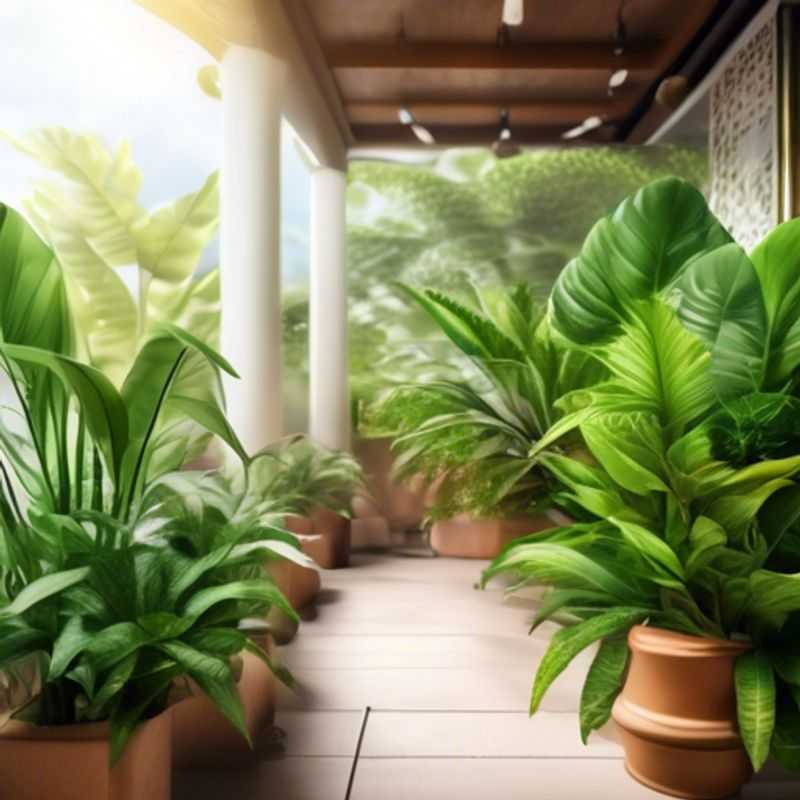
Plant Power: Optimizing Air Filtration with the Right Fit
Choosing the right plant for air filtration requires considering the plant's size and the room it will inhabit. Larger plants generally offer more effective filtration. However, an over-sized plant may not fit well in a small room.
A key factor is leaf surface area. More leaves mean more surface for purifying the air. Plants like Snake Plants, Peace Lilies, and Spider Plants are known for their effective air filtration properties and can be chosen based on their size and suitability for the room.
Don't forget about the plant's growth habits. Some plants like succulents need less frequent watering. If you are unable to provide frequent watering, consider a plant with lower water requirements.
While many plants can contribute to cleaner air, their impact is limited. Air filters are more effective for significantly reducing pollutants. Consider a combination of plants and air filters for maximum benefit.
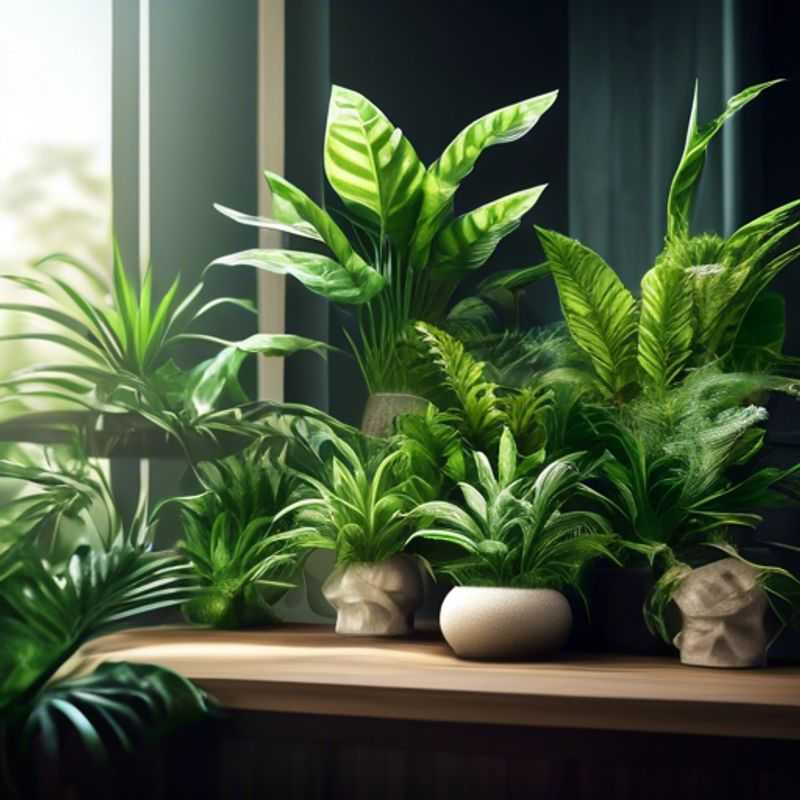
Nurturing Growth: Essential Care and Maintenance for Plant Performance
Maintaining a healthy and thriving plant is crucial for optimal performance and longevity. Here's a concise guide to essential care and maintenance practices:
Watering: Provide sufficient water, but avoid overwatering. Check the soil moisture regularly and water when the top inch of soil is dry. Ensure proper drainage to prevent root rot.
Sunlight: Plants require adequate sunlight to photosynthesize and grow. Determine the optimal sunlight requirements for your specific plant and position it accordingly.
Fertilization: Regular fertilization provides essential nutrients for healthy plant growth. Choose a balanced fertilizer suitable for your plant type and follow the instructions for application.
Pruning: Pruning removes dead or diseased branches and promotes healthy growth. Learn the proper pruning techniques for your specific plant.
Pest and Disease Control: Regularly inspect your plants for pests and diseases. Address any issues promptly using appropriate methods, such as organic pesticides or fungicides.
Repotting: Periodically repot your plants into larger pots as they grow to accommodate their expanding root systems. Repotting allows for fresh soil and better drainage.
Remember, proper care and maintenance are essential investments in the health and longevity of your plants. By following these tips, you can ensure your plants thrive and bring you joy for years to come.
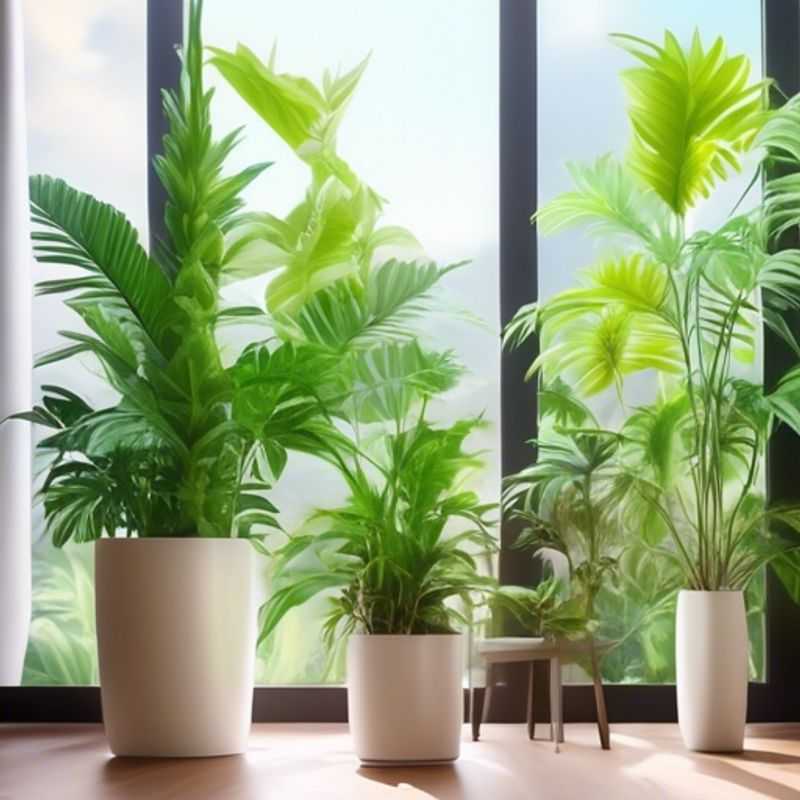
Sunlight and Airflow: Key Factors in Plant Placement
When it comes to plant placement, it's vital to consider sunlight and airflow. Different plants have distinct light requirements, some thriving in bright, direct sunlight, while others prefer shade.
Sunlight provides energy for photosynthesis, the process plants use to grow. Inadequate sunlight can lead to stunted growth, pale leaves, and even plant death. On the other hand, too much sun can scorch leaves.
Airflow is equally crucial. Proper circulation prevents the build-up of humidity, which can foster fungal diseases. It also helps to prevent pests, as many insects find it harder to navigate in breezy environments.
When choosing a spot for your plants, consider:
1. **Window orientation:** South-facing windows offer the most sunlight, followed by west-facing and east-facing. North-facing windows provide minimal direct sunlight.
2. **Plant's light needs:** Research your plant's specific light requirements. Some plants prefer bright, indirect light, while others thrive in low-light conditions.
3. **Air circulation:** Ensure your chosen spot has adequate airflow. This can be achieved by opening windows or using fans.
4. **Potential obstacles:** Consider any obstacles, like furniture or large plants, that might block sunlight or airflow.
By carefully considering these factors, you can ensure your plants receive the optimal conditions for healthy growth.
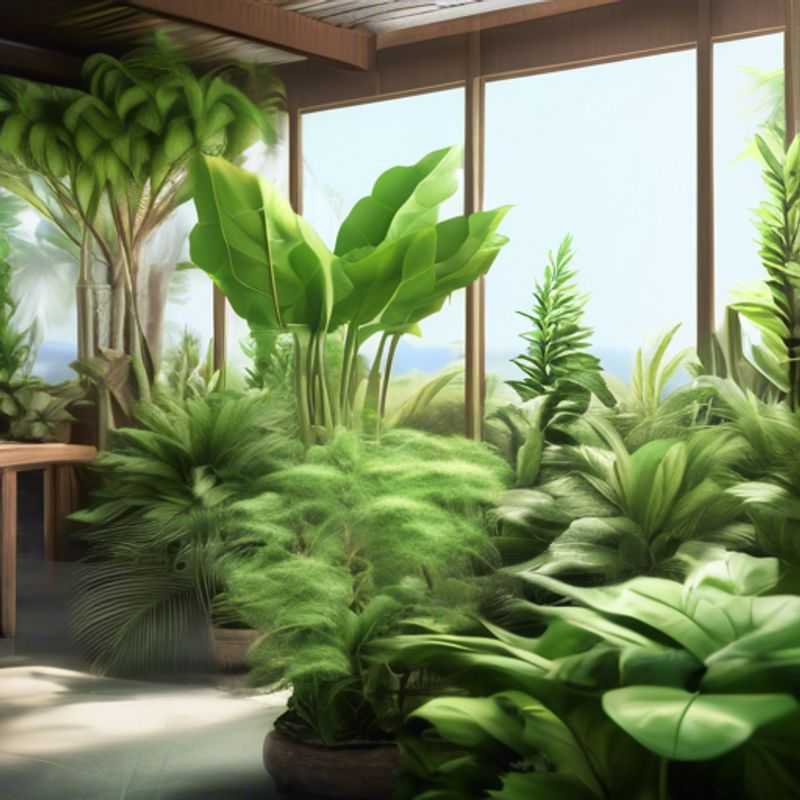
Plant Allergies and Sensitivities: What to Know Before You Grow
Before bringing any plant into your home or garden, it’s crucial to research potential allergies or sensitivities. While most plants are harmless, some can trigger reactions in certain individuals. Pay special attention to plants you'll be bringing into a space with children or pets.
Common plant allergens include pollen, latex, and certain oils found in the leaves or sap. These allergens can cause symptoms ranging from mild skin irritation to severe respiratory issues. Even if you've never had a plant allergy before, your sensitivity can change over time.
Always consult with your doctor or a qualified allergist if you experience symptoms after being around a specific plant. It's also wise to be aware of your surroundings and choose plants that are known to be hypoallergenic, if possible. The more information you have, the safer your environment will be.
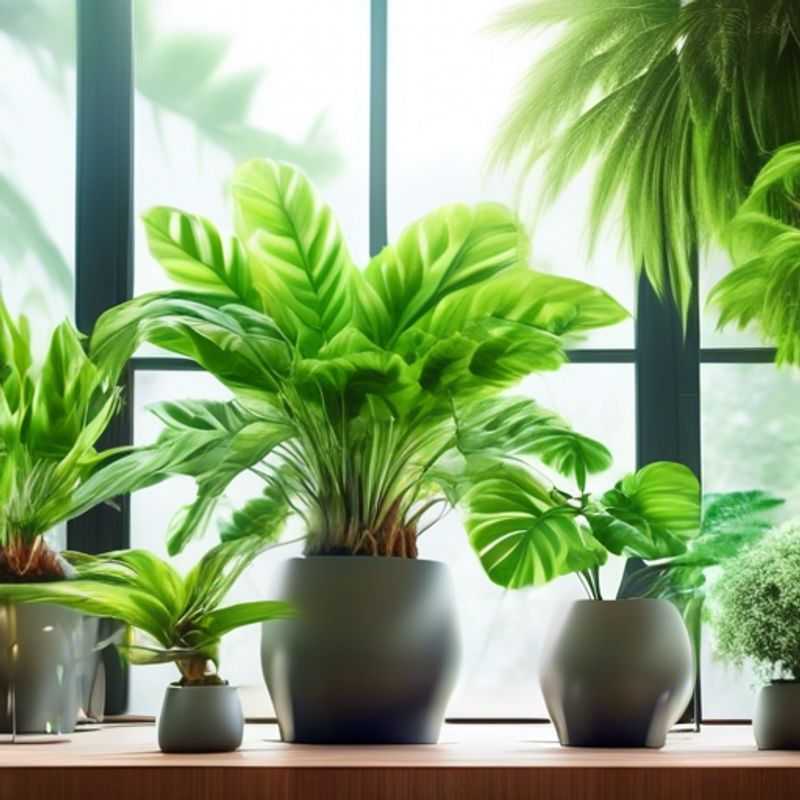
Beyond Clean Air: The Aesthetic Appeal of Air Purifying Plants
Bringing nature indoors with air-purifying plants offers a delightful dual benefit: enhancing air quality while adding a touch of natural beauty to your space. These green companions not only remove harmful pollutants like formaldehyde and benzene, but also contribute to a sense of tranquility and well-being.
Popular choices for air-purifying plants include the Snake Plant (Sansevieria trifasciata), English Ivy (Hedera helix), Spider Plant (Chlorophytum comosum), Peace Lily (Spathiphyllum wallisii), and ZZ Plant (Zamioculcas zamiifolia).
These plants are relatively low-maintenance, requiring minimal care and thriving in various light conditions. However, it's important to note that while they contribute to air purification, they cannot replace proper ventilation or air filtration systems.
When incorporating air-purifying plants into your home, consider their aesthetic appeal. The vibrant foliage of the Spider Plant can brighten up a corner, while the elegant leaves of the Peace Lily add a touch of sophistication. The unique textures of the Snake Plant and ZZ Plant provide a sculptural element. Choose plants that complement your existing decor and create a harmonious ambiance.
Remember to research the specific needs of each plant, such as light requirements, watering frequency, and potential toxicity to pets. With a little care and attention, these botanical wonders will not only cleanse the air but also elevate the aesthetic appeal of your living spaces.
